The Upper Egypt is one of the most spectacular regions in the country. Both for its monuments of the Pharaonic era and for other more recent attractions, framed on the banks of the Nile River or beyond its fertile plain. In this section you can find in-depth information on each of the destinations that make up this vast area, where you can travel by car, by plane, by train or, better yet, by cruise ship.
The Upper Egypt is a large and extensive region of the Nile Valley that, in reality, extends over several administrative Governorates, so its boundaries are often blurred. But undoubtedly its true heart lies between the cities of
Luxor
and
Aswan
between them, including very interesting cities at tourist level: Esna, Edfu and Kom Ombo .
North of Luxor there is also a long list of cities and places that share history and culture with them, such as Abydos y Dendera. And to the south of Aswan, the Lower Nubian territory now occupied by Lake Nasser
Lake Nasser
also has much to offer travelers, such as Abu Simbel or the temple of Isis in Philae.
Thanks to the Upper Egypt was the engine of Ancient Egypt for a long time, throughout the region are preserved spectacular temples of the Pharaonic and Ptolemaic era, very well preserved in some cases. In addition, there are archaeological sites and necropolis of different types (royal and noble) that will delight travelers interested in culture and history.
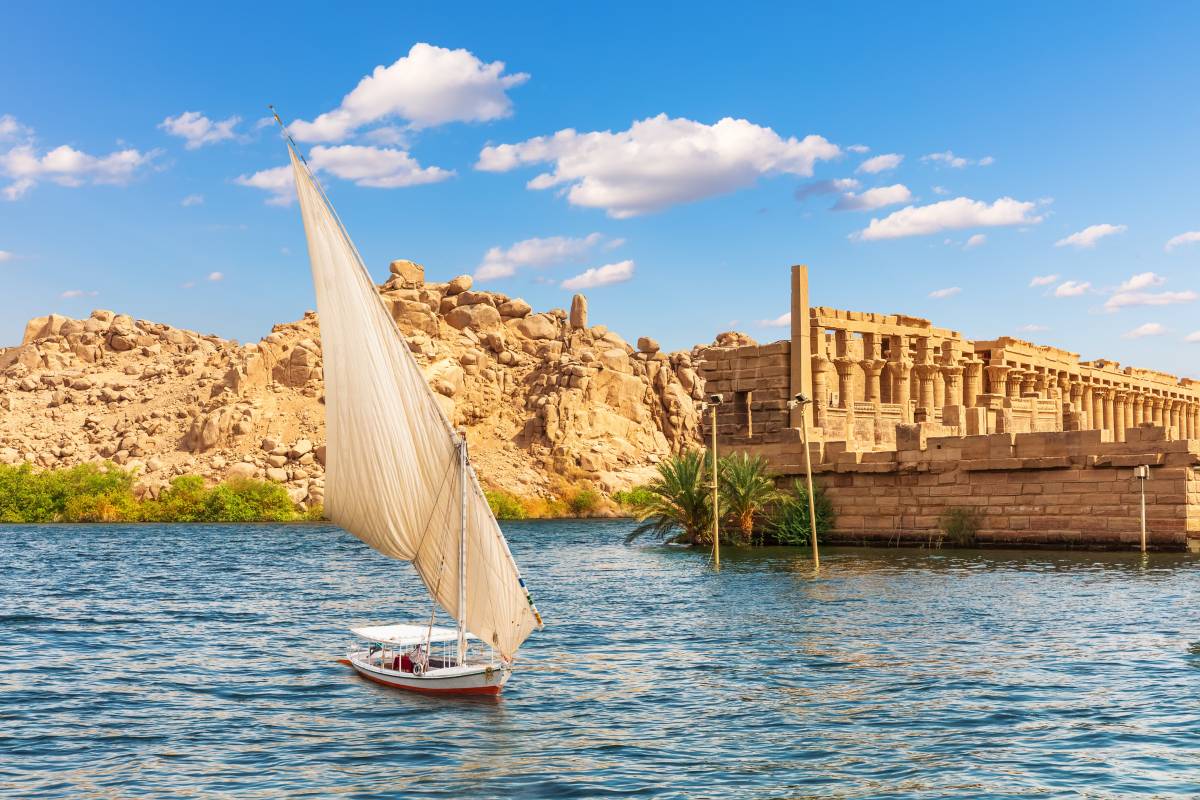
For many travelers, the best way to get to know Upper Egypt is by Upper Egypt is aboard a
cruise on the Nile
. In this stretch, the waters are calm and, since the construction of the Aswan Dam and the Esna Lock, their course is perfectly regulated throughout the year. This makes it possible to make crossings with different types of boats, both traditional and traditional.
diahabiyas
and falucas, such as large motorboats.
The region is served by several airports, most notably Luxor and Aswan. In addition, the main cities are connected by a railway line, with the night train being the best option for tourists. However, the private vehicle is essential in all cases, whether to travel to the different monuments or to organize the entire circuit around the city. Upper Egypt.
Whichever option you choose, in Egypt Exclusive we adapt to your preferences and we can plan a complete and tailor-made trip to Upper Egypt. Upper Egypt. Find out more and contact us!
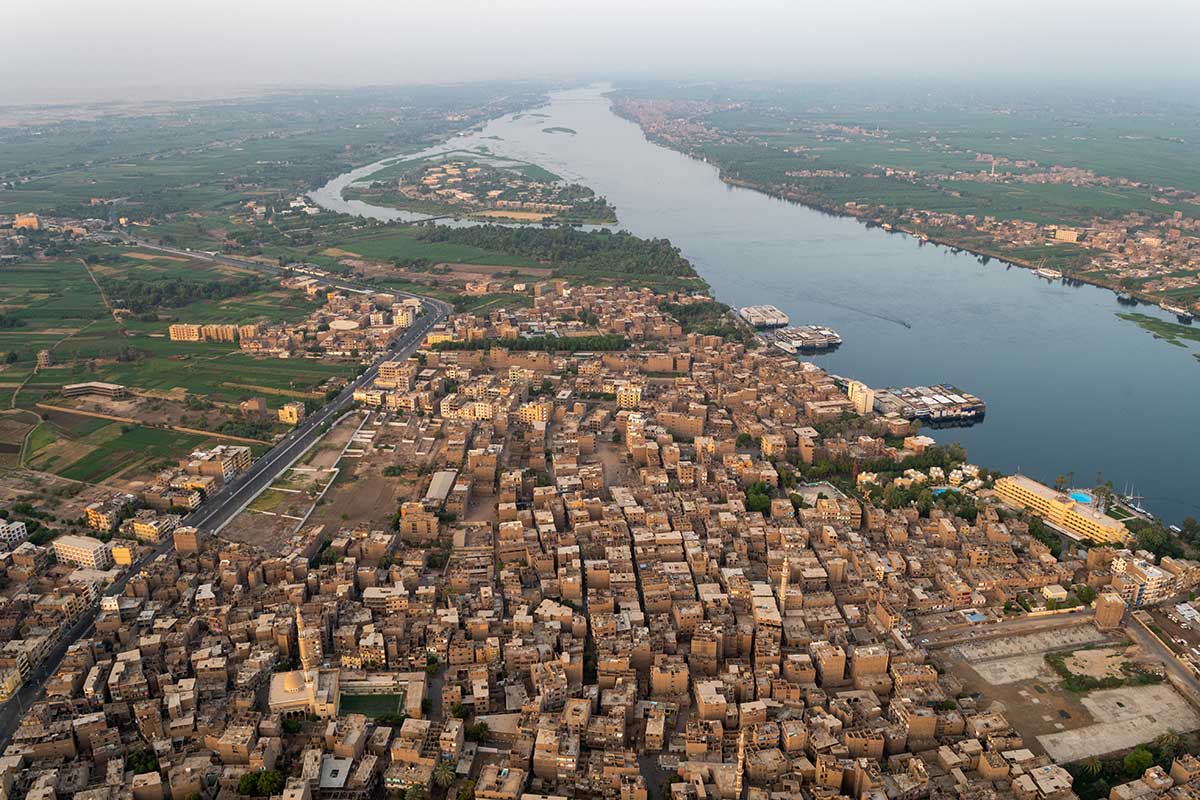
Luxor, located on the banks of the Nile, was the ancient capital of Egypt during the New Empire. Today, it is a treasure trove for history lovers, with sites such as the Temple of Luxor, the Temple of Karnak and the Valley of the Kings. It is a fascinating mix of past and present, with bustling markets and modern hotels coexisting with ancient monuments. For more information, visit our dedicated Luxor page.
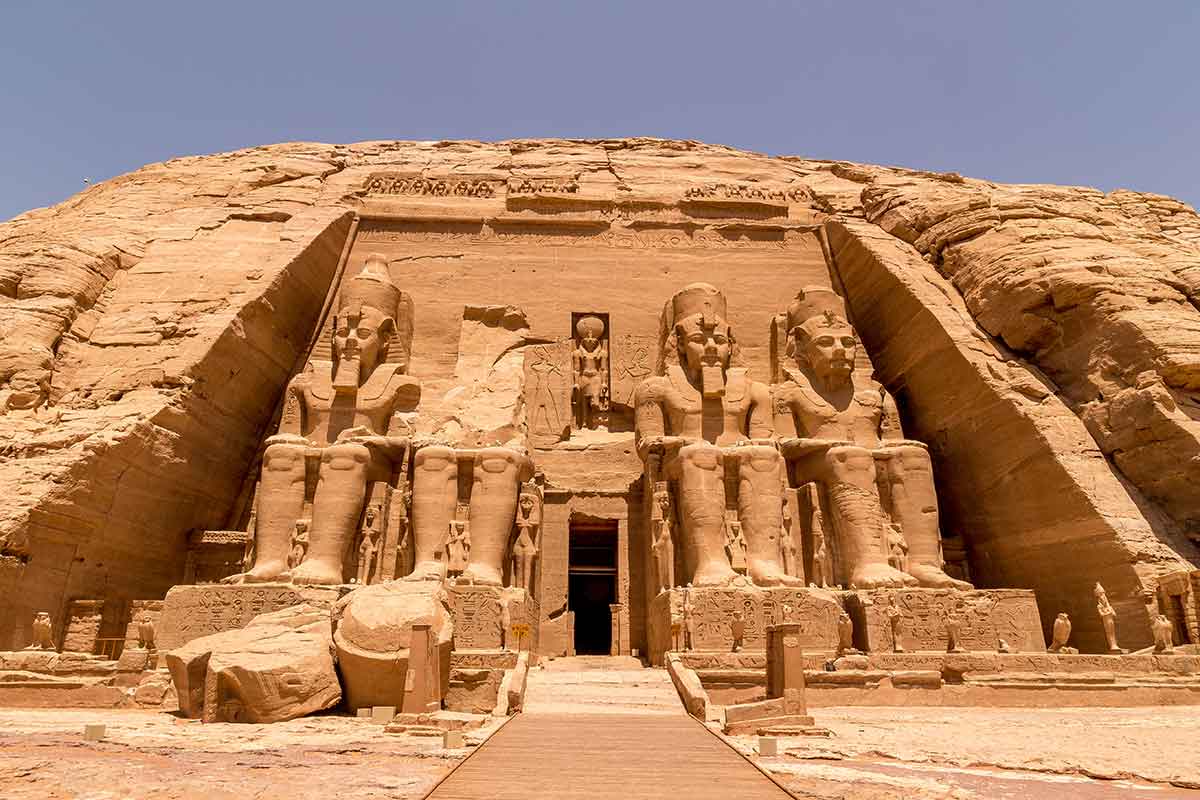
Abu Simbel, in southern Egypt, houses two temples built by Pharaoh Ramses II. Famous for their gigantic statues and their monumental relocation in the 20th century due to the construction of the Aswan Dam, they continue to attract thousands of visitors marveling at their magnitude, beauty and engineering. For more details, visit our page dedicated to Abu Simbel.
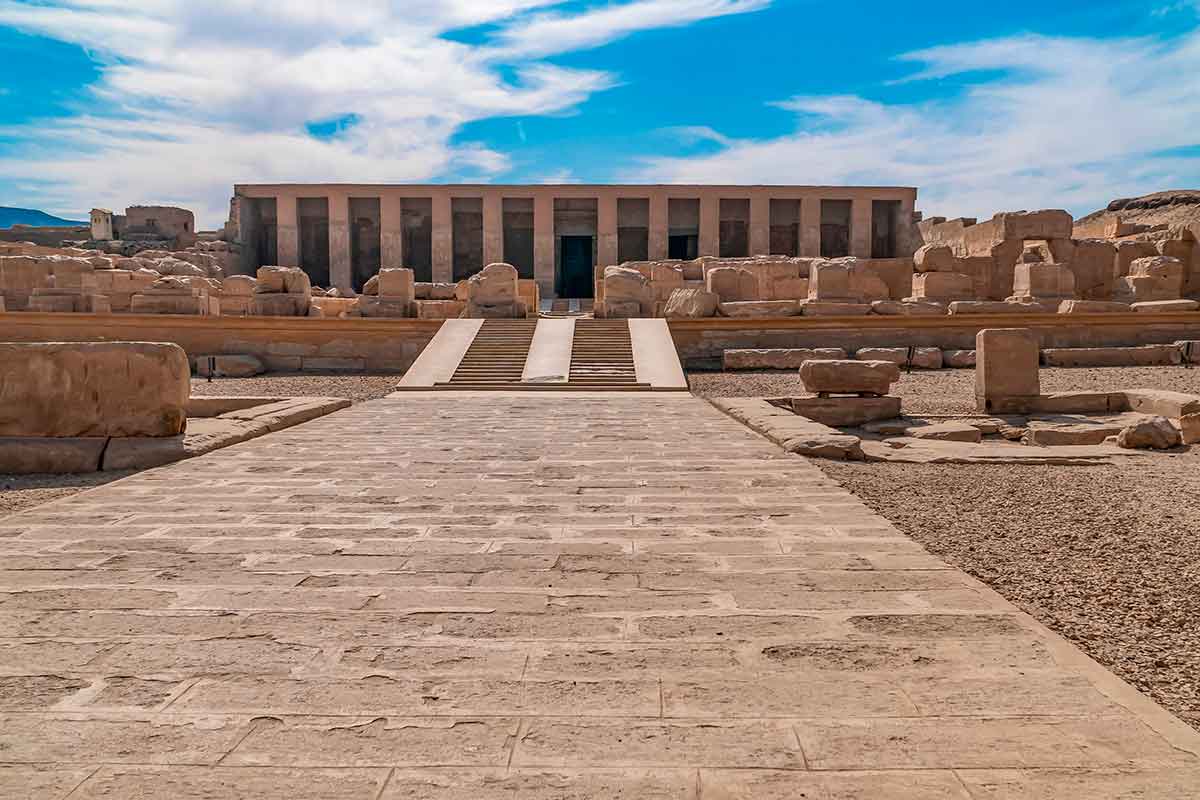
Abydos, in Upper Egypt, is one of the oldest and most important archaeological sites in the country. It was the center of the cult of the god Osiris and housed a royal cemetery for the early pharaohs. The temple of Seti I is the most well preserved and contains the famous King List, a record of Egyptian pharaohs. Abydos remains a place of pilgrimage and fascination for history lovers. For more information, visit our Abydos page.
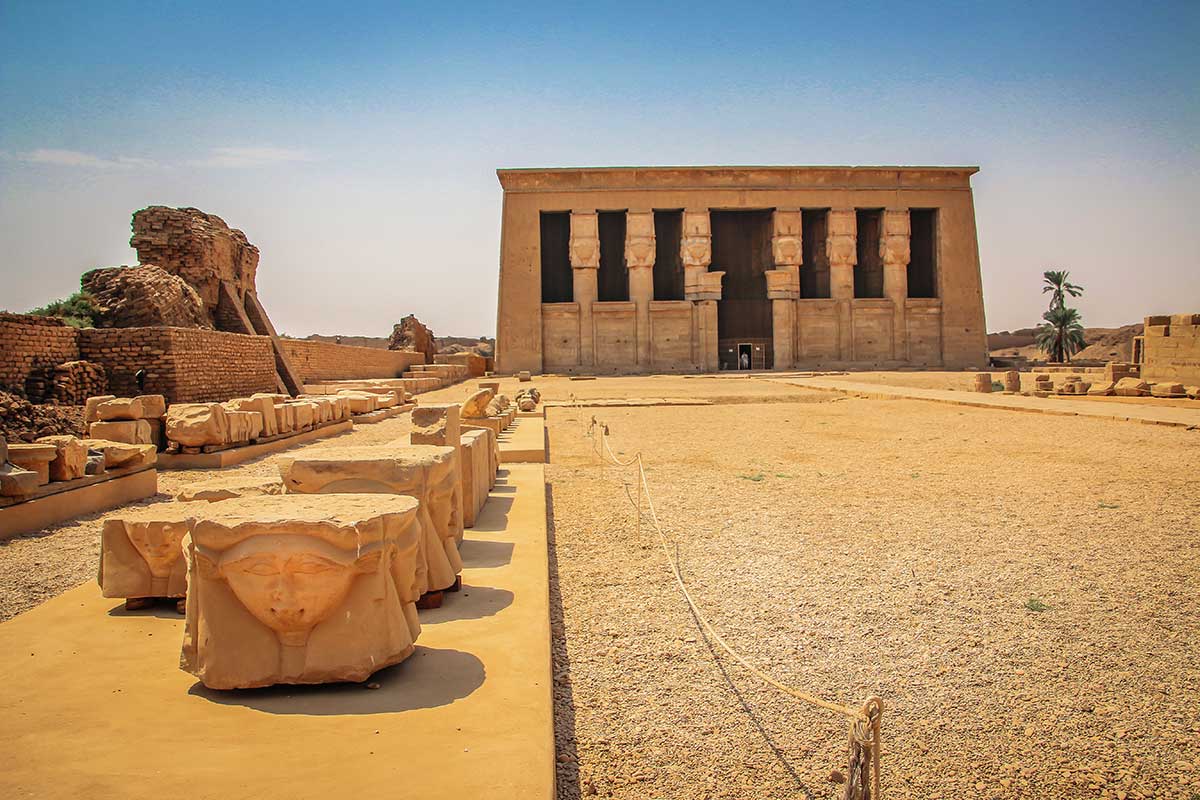
Dendera, located north of Luxor, is known for the Temple of Hathor, one of the best preserved structures in Egypt. Hathor, goddess of love and joy, is represented as a cow or a cow-headed woman. The temple complex includes a sacred lake, several chapels and an impressive astronomical zodiac on the roof of one of the porticoes. For more information, please visit our Dendera page.
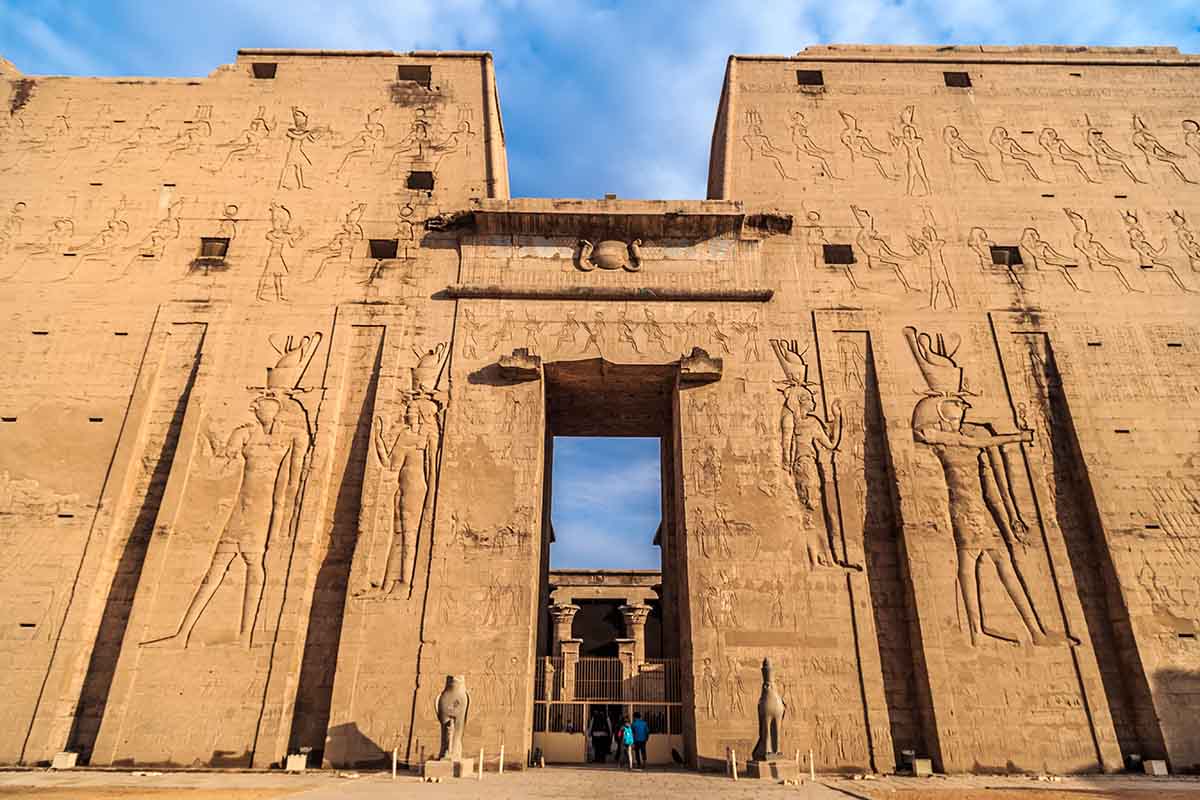
Edfu, located between Luxor and Aswan, is famous for the Temple of Horus, one of the best preserved temples in Egypt. Dedicated to Horus, the falcon god, the temple is an impressive example of Ptolemaic architecture. Near Edfu is El Kab, an ancient city containing the remains of adobe walls, temples and tombs with inscriptions and drawings from the Predynastic period. For more details, visit our page dedicated to Edfu-El Kab.
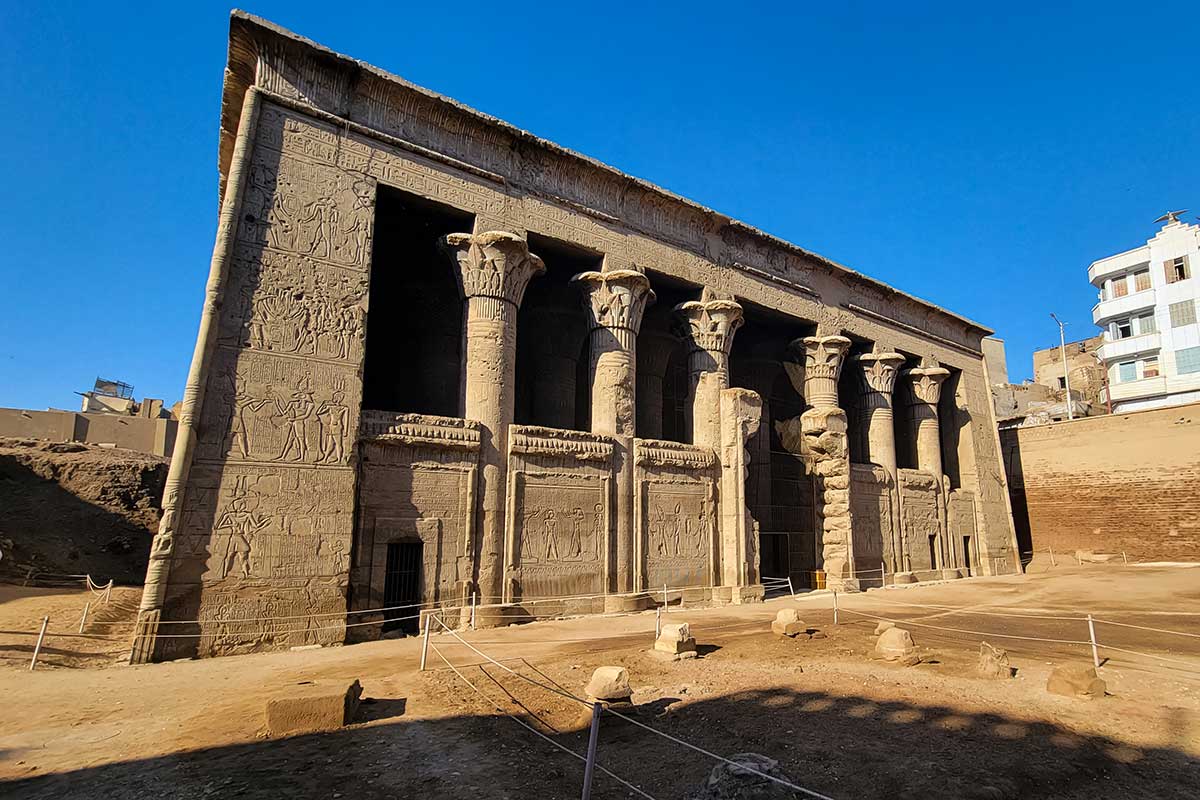
Esna, located south of Luxor, is known for its Temple of Khnum, the ram god of creation. Although only the pronaos or vestibule remains, it is remarkable for its intricate reliefs and astronomical texts on the ceiling, as well as for the unusual drawings of Roman gods. The city, an important commercial center in the past, still has a lively market. For more information about Esna, visit our dedicated page.
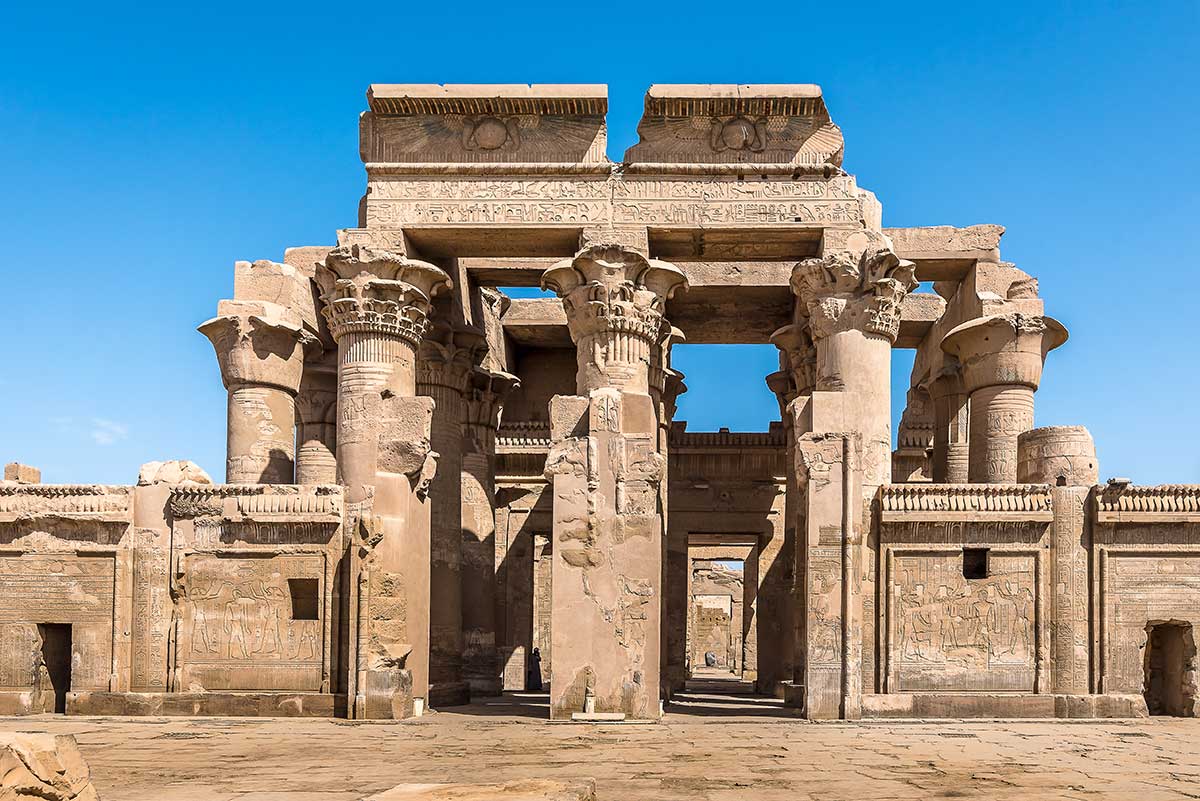
Kom Ombo, located on the banks of the Nile between Edfu and Aswan, is famous for its unique double temple dedicated to Sobek, the crocodile god, and Horus, the falcon god. The temple is symmetrically divided into two parts, each with its own entrance and chapels, reflecting the duality of the gods. The site also includes a nilometer and a small museum of mummified crocodiles. For more information, visit our page on Kom Ombo.
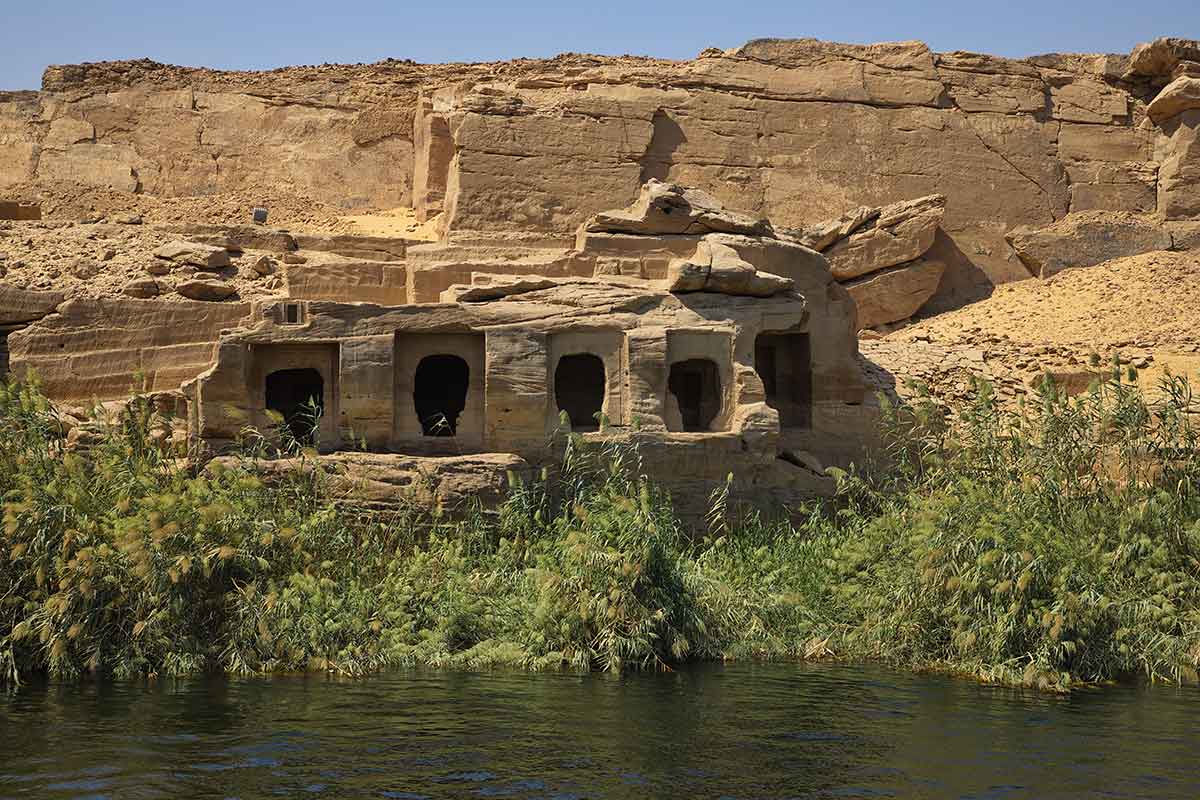
Gebel Silsila is a strait of the Nile River, located between Edfu and Kom Ombo, famous for its ancient limestone and sandstone quarries. The ancient Egyptians quarried stone from here to build many of Egypt’s famous monuments. The site also contains numerous stelae, inscriptions and cave tombs dating from the New Empire. On our website dedicated to Gebel Silsila, you will find more information about this fascinating historical site.
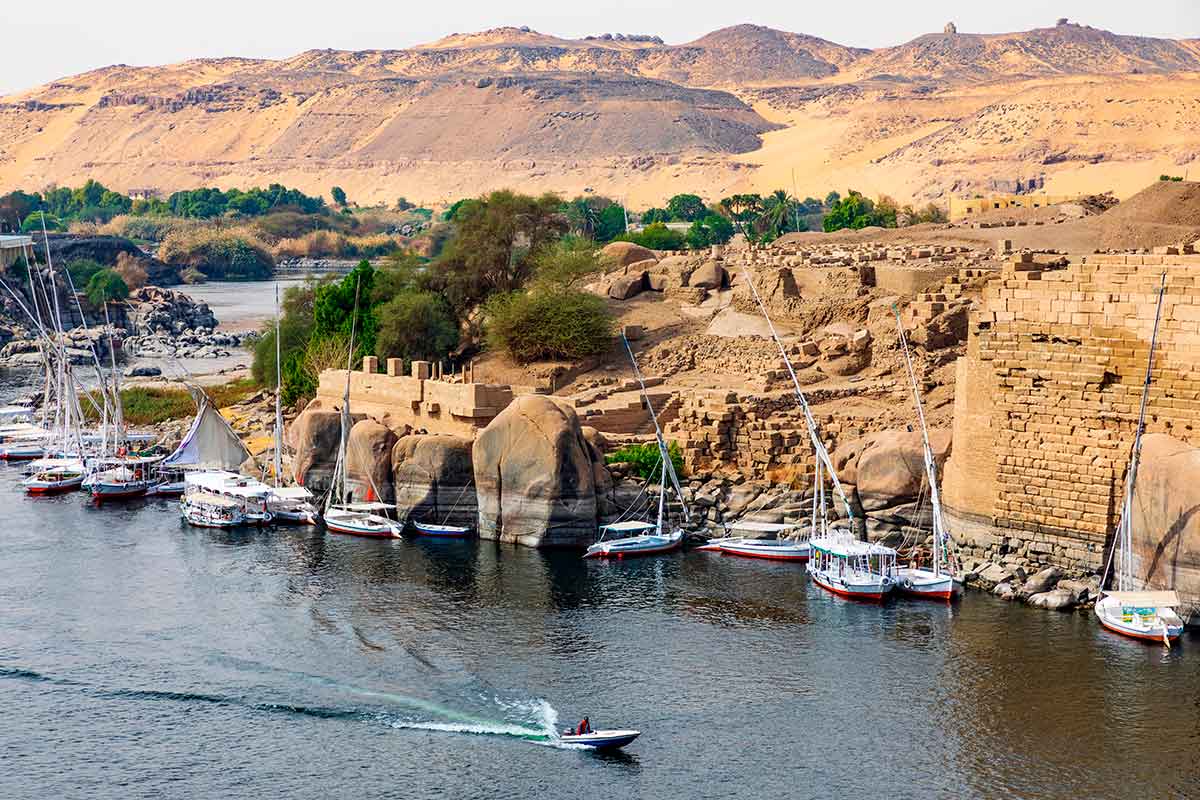
Aswan, located at the southern tip of Egypt, is the gateway to Nubia and contains several sites of interest, including the Elephantine and Kitchener Islands, the Mausoleum of Aga Khan and the red granite quarries. The Aswan Dam and the High Dam are impressive examples of modern engineering. From here, excursions can be made to Abu Simbel and the Temple of Philae, dedicated to the goddess Isis. For more details on Aswan, see our specific page.
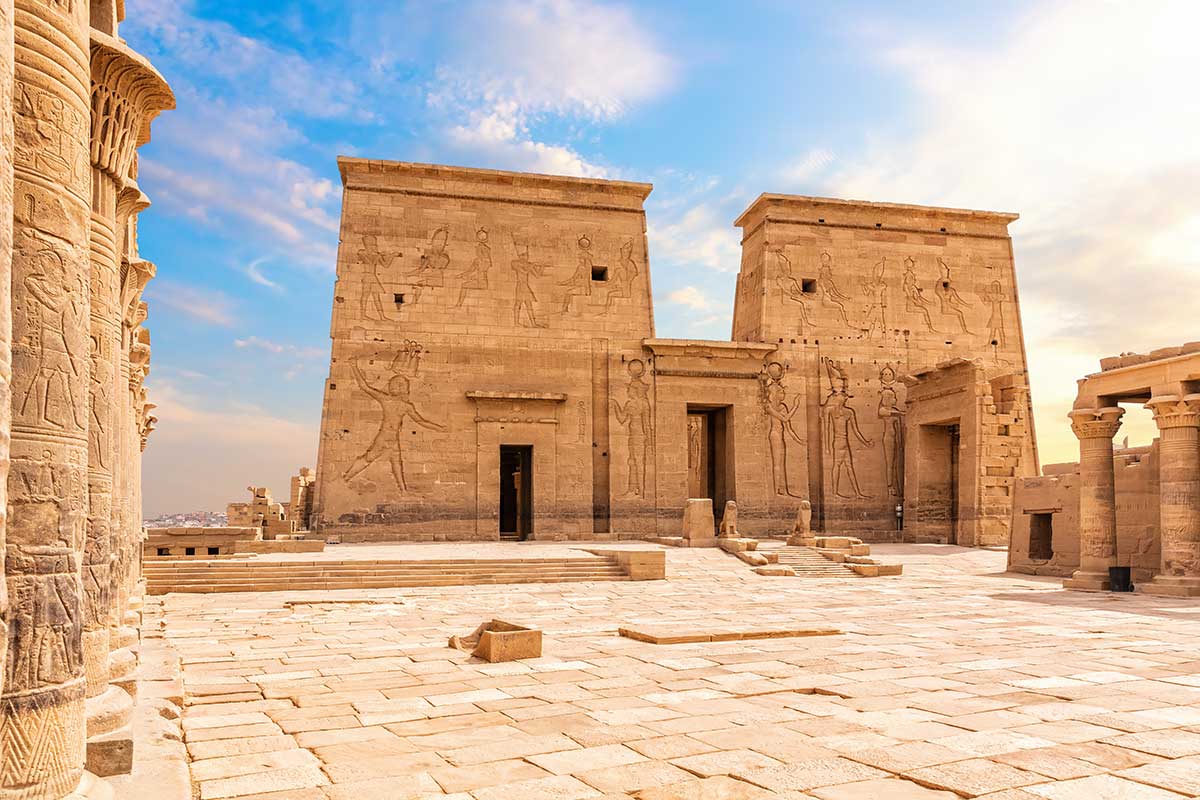
The Temple of Philae, dedicated to the goddess Isis, is a temple complex located on an island near Aswan. After the construction of the Aswan Dam, the complex was moved to the island of Agilkia to prevent it from being submerged. The temple is famous for its impressive architecture, detailed inscriptions and well-preserved reliefs. The site also includes a temple of Trajan and a chapel dedicated to Hathor. More information is available on our Philae page.
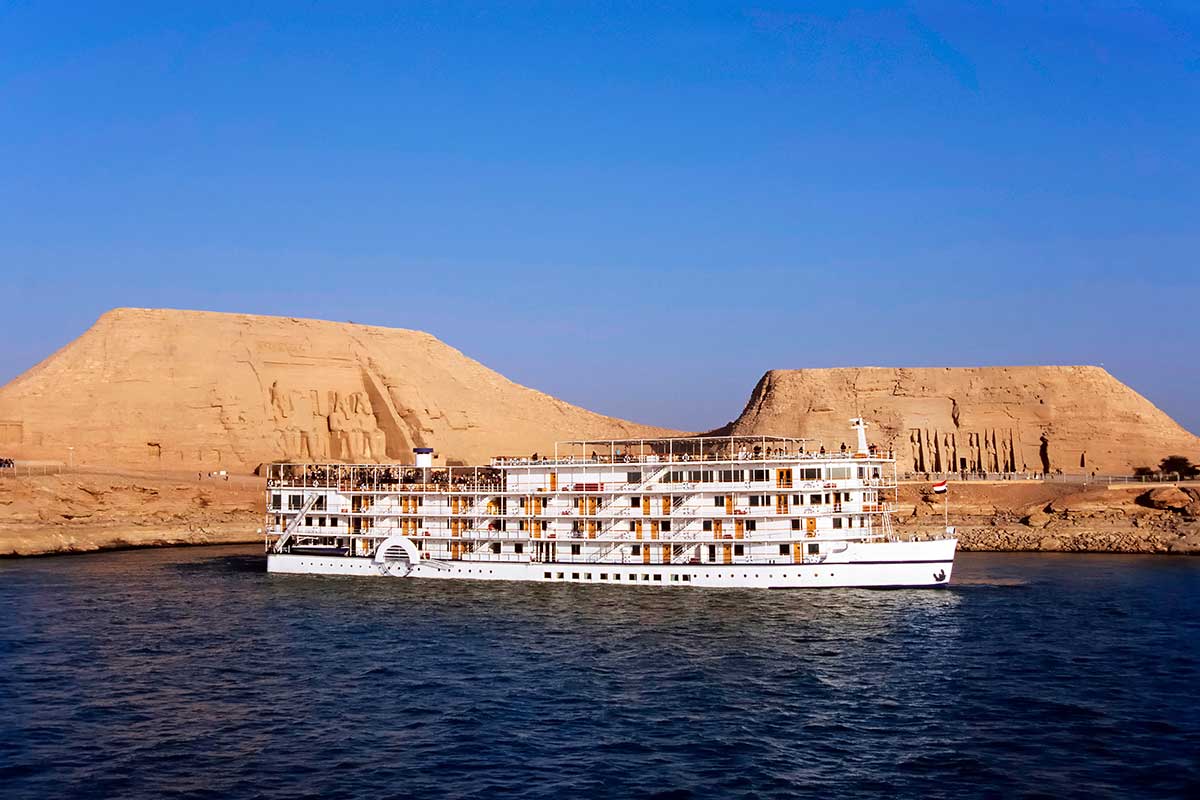
Lake Nasser, one of the largest artificial reservoirs in the world, stretches from the Aswan High Dam to Abu Simbel. It is a serene place with breathtaking views of the desert and ancient monuments, many of which were moved to its shores to save them from flooding. Fishing and cruises are popular activities on the lake. For more information, visit our page dedicated to Lake Nasser.
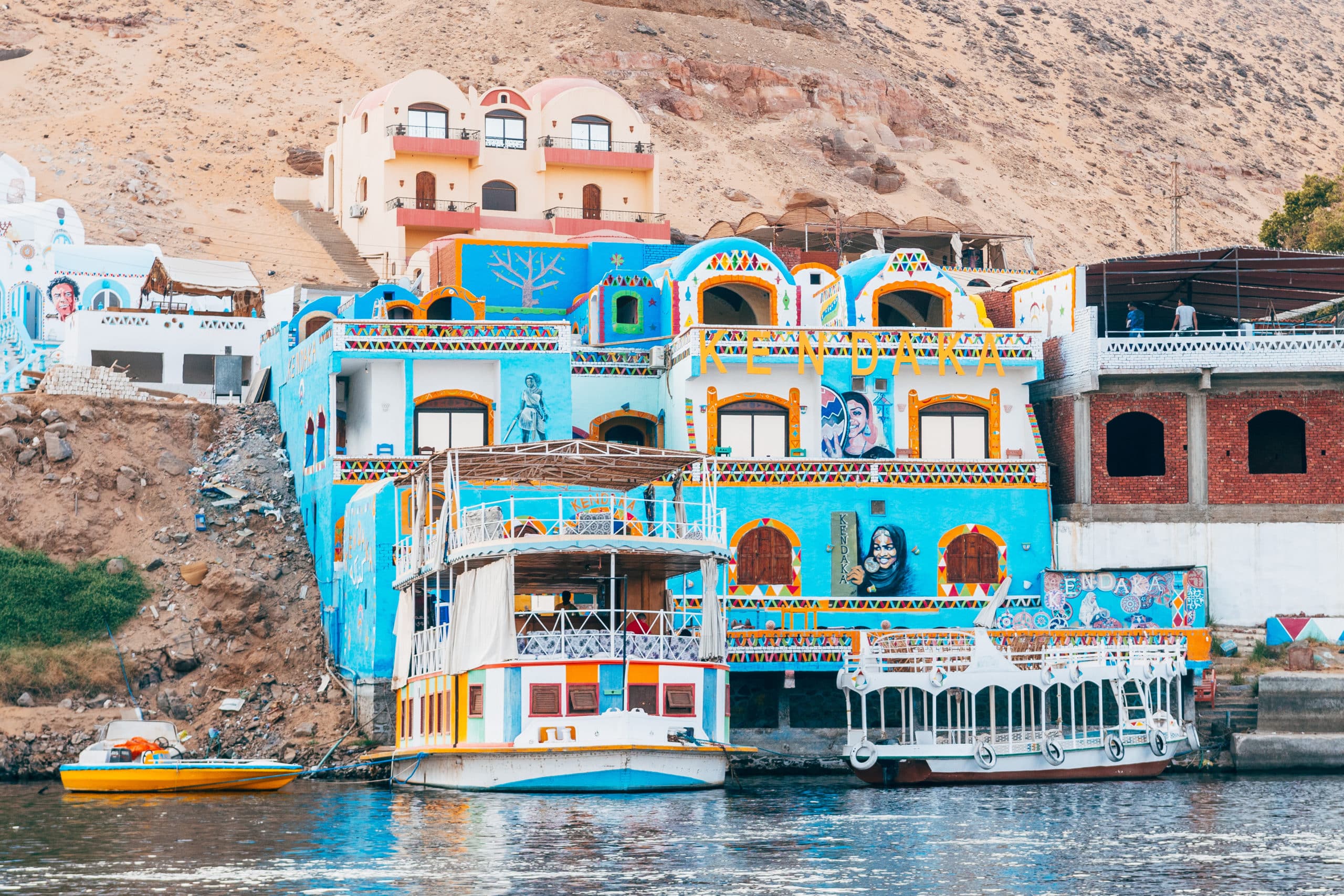
The Nubian Village is a series of villages located near Aswan, in southern Egypt, on the banks of the Nile River. The Nubians are an ethnic group with a rich culture and a long history. The houses are colorful and the town is known for its hospitality and traditional art, such as pottery and weaving. In addition, it is possible to take camel rides and visit the ruins of the ancient Nubian civilization in the area. Find more information on our Nubian Village page.
Fill out the form below to receive a free, no-obligation, tailor-made quote from an agency specialized in Egypt.
Travel agency and DMC specializing in private and tailor-made trips to Egypt.
Mandala Tours, S.L, NIF: B51037471
License: C.I.AN-187782-3